SUMMARY
This is AI generated summarization, which may have errors. For context, always refer to the full article.
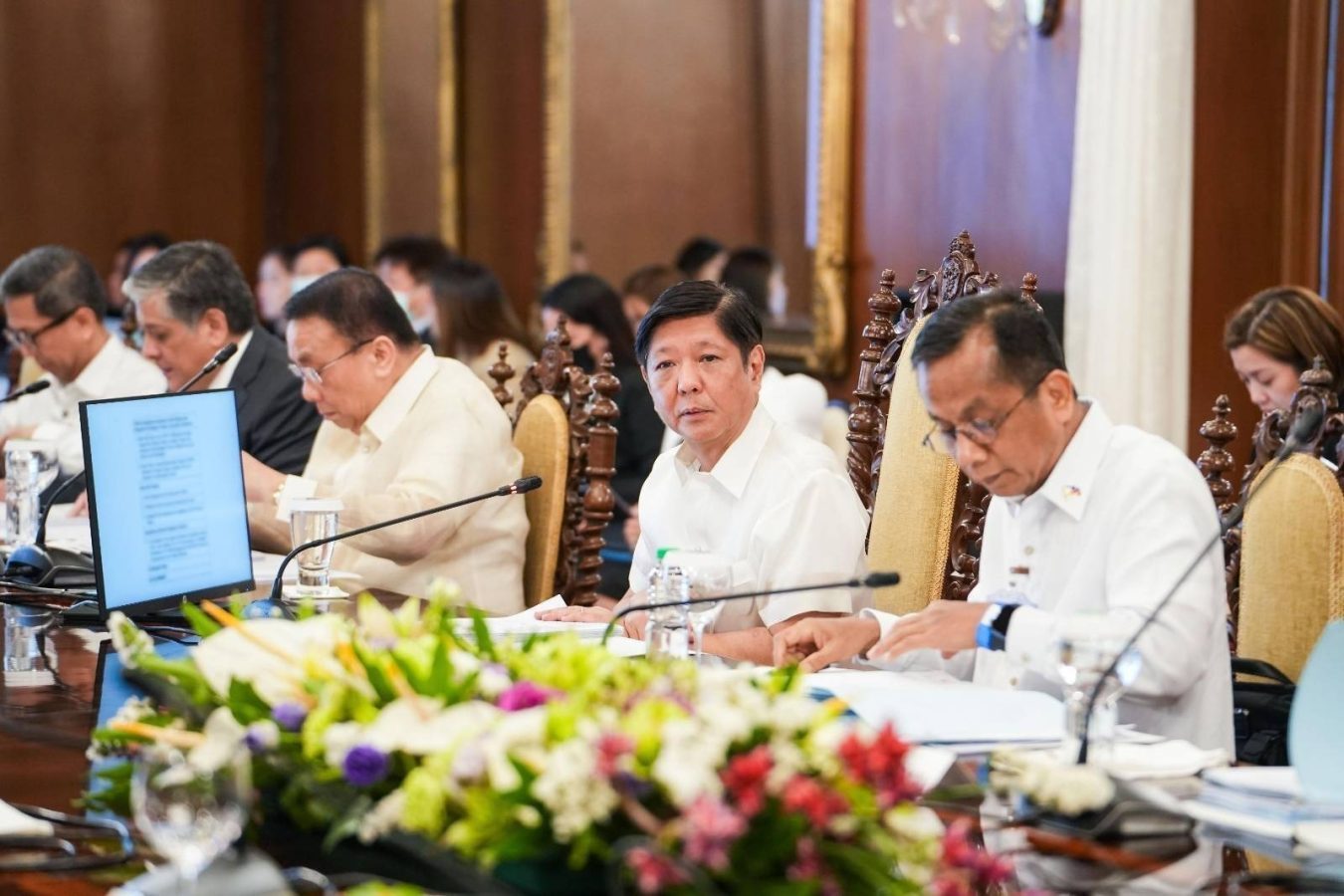
MANILA, Philippines – After months of promising openness to Private-Public Partnerships (PPP) and an infrastructure push, the Marcos administration on Friday, February 3, announced the first seven “high-impact” projects approved by the National Economic and Development Authority (NEDA) board.
Marcos chairs NEDA, the country’s foremost socioeconomic planning body.
Not all of these are projects unique to the Marcos administration. Several are holdovers from the previous administration, requests for the extension of ongoing projects, or the authorization to use the balance of an existing loan.
Here is a list of the plans approved by NEDA, as explained by its chief, Secretary Arsenio Balisacan.
University of the Philippines – Philippine General Hospital (UP-PGH) Cancer Center PPP project
The P6 billion center is the first PPP under the Marcos administration and, according to Balisacan will be the “one of the largest cancer centers in Asia in terms of bed capacity.”
Half of the 300-bed center is devoted to charity cases while the other half will be for paying patients. “To set the record straight, there will be no privatization of PGH services,” said Balisacan in a February 3 briefing.
A public bid is scheduled for the project, which is structured as a 30-year Build-Operate-Transfer (BOT) arrangement. Balisacan says it will provide “affordable oncology care services, while helping pay for itself over 30 years.”
“In the coming weeks our experts in UP-PGH as the implementing agency will bare the specific details to inform the public and interested private partners,” he added.
The project was already in the short list of projects under former president Rodrigo Duterte’s economic team in 2021 and described as “in the pipeline,” meaning it was not yet at the advanced stages of implementation.
In his first State of the Nation Address, Marcos promised to establish specialty hospitals beyond Metro Manila, where the Heart Center, Lung Center, Children’s Hospital at National Kidney and Transplant Institute are located.
The Cancer Center will be built within the UP-PGH compound in the city of Manila.
New Dumaguete Airport
If things go as planned, Negros Oriental will have a new airport within seven years, under the New Dumaguete Airport Development Project of the Department of Transportation (DOTR).
The project costs P17 billion, of which P13 billion will be funded via official development assistance (ODA) from the Korea-Economic Development Cooperation Fund’s Export-Import Bank. The rest of the cost will be shouldered by the DOTR.
The planned airport in Bacong will replace the existing Dumaguete-Sibulan Airport. A new airport is needed “due to physical and operational constraints” on the old one, said Balisacan.
Mindanao Inclusive Agriculture Development Project
The P6.6 billion project, said Balisacan, will “increase agricultural productivity, resiliency, and access to markets and services of organized farmers and fisherfolk groups in selected areas.”
It covers several ancestral domains in the southernmost Philippine island group, particularly those in the Zamboanga Peninsula, Northern Mindanao, Davao Region, Soccsksargen, Caraga, and Bangsamoro Autonomous Region of Muslim Mindanao.
“The project will be pivotal in reducing poverty, unemployment, and food insecurity among indigenous peoples,” said Balisacan.
P5.3 billion for the project will be financed via ODA loan from the World Bank. The rest will be funded by the agriculture department (P863 million) and local governments (P461 million).
Phase One of the Integrated Flood Resilience and Adaptation Project
The first phase covers flood protection in three major river basins (Abra, Ranao, and Tagum-Libuganon), strategic flood risk management planning, and “strengthening of community-based flood risk management measures.”
The P20 billion project will be financed via ODA from the Asian Development Bank (ADB).
Change in scope, increase in cost, extension of implementation period for the Metro Davao Public Transport Modernization Project
From 2023, the period of project implementation for the Metro Davao project has been moved to 2029.
Concept clearance for the project, according to the ADB, happened in August 2015. Its project status is “pending,” as of Balisacan’s press conference.
According to the ADB, “the project will support the establishment of a modern urban bus system in Davao City to improve the current unreliable, unsafe, not accessible for all, and environmentally challenging public transport.”
According to the NEDA, the approved cost for the project went up to P73.378 billion from P18.661 billion.
Request for change in scope, increase in project cost, extension of implementation period, additional loan, and second loan reallocation for the Metro Rail Transit Line 3 (MRT3) Rehabilitation Project
The project “involves upgrading MRT3 to its original as-designed state with provision for capacity expansion in the future.”
The MRT3 rehabilitation project was first approved in August 2018 as a P22.06 billion project loan deal through the Japan International Cooperation Agency (JICA).
Full use of the JICA loan balance for the Communications, Navigation, Surveillance/Air Traffic Management System Project and Loan Validity Extension
NEDA approved the use of P2.12 billion from a JICA loan balance for maintenance contracts, ultimate fallback system, and a feasibility study for an independent back-up system. The loan’s validity is also extended for 60 months, from 2023 to 2028.
“This approval shall enable the upgrade of our air transport facilities and improve passenger experience by enhancing the safety, reliability, and efficiency of air traffic service in Philippine airspace following international standards,” said Balisacan.
The sorry state of Manila’s Air Traffic Management System made headlines just as 2023 started when, on January 1, a power outage and subsequent power surge destroyed crucial air traffic management equipment and halted hundreds of flights. – Rappler.com
Add a comment
How does this make you feel?
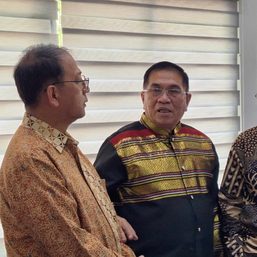
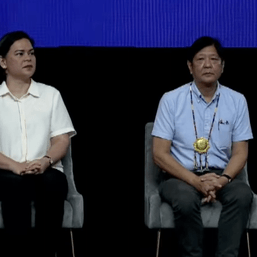
![[In This Economy] Is the Philippines quietly getting richer?](https://www.rappler.com/tachyon/2024/04/20240426-Philippines-quietly-getting-richer.jpg?resize=257%2C257&crop=194px%2C0px%2C720px%2C720px)
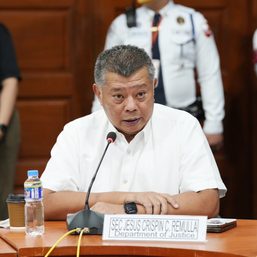
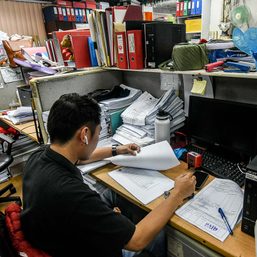
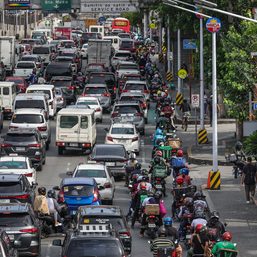
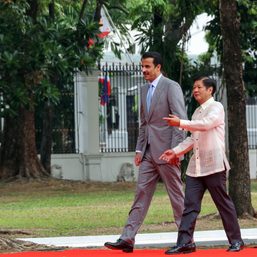

![[In This Economy] A counter-rejoinder in the economic charter change debate](https://www.rappler.com/tachyon/2024/04/TL-counter-rejoinder-apr-20-2024.jpg?resize=257%2C257&crop=267px%2C0px%2C720px%2C720px)
![[Vantage Point] Joey Salceda says 8% GDP growth attainable](https://www.rappler.com/tachyon/2024/04/tl-salceda-gdp-growth-04192024.jpg?resize=257%2C257&crop_strategy=attention)
![[ANALYSIS] A new advocacy in race to financial literacy](https://www.rappler.com/tachyon/2024/04/advocacy-race-financial-literacy-April-19-2024.jpg?resize=257%2C257&crop_strategy=attention)

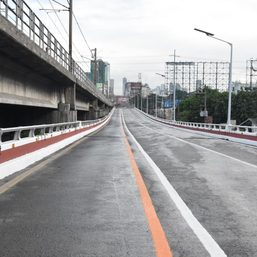

![[ANALYSIS] Investigating government’s engagement with the private sector in infrastructure](https://www.rappler.com/tachyon/2024/04/tl-gov-private-sectors-infra-04112024-1.jpg?resize=257%2C257&crop=435px%2C0px%2C1080px%2C1080px)
![[OPINION] Cities and public spaces should be for people first](https://www.rappler.com/tachyon/2024/04/imho-people-first-city-04132024.jpg?resize=257%2C257&crop_strategy=attention)
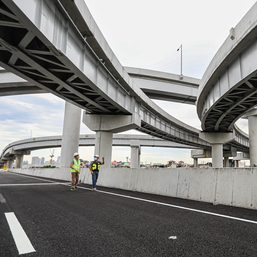
There are no comments yet. Add your comment to start the conversation.